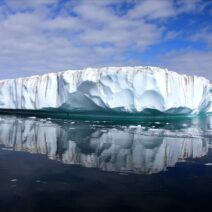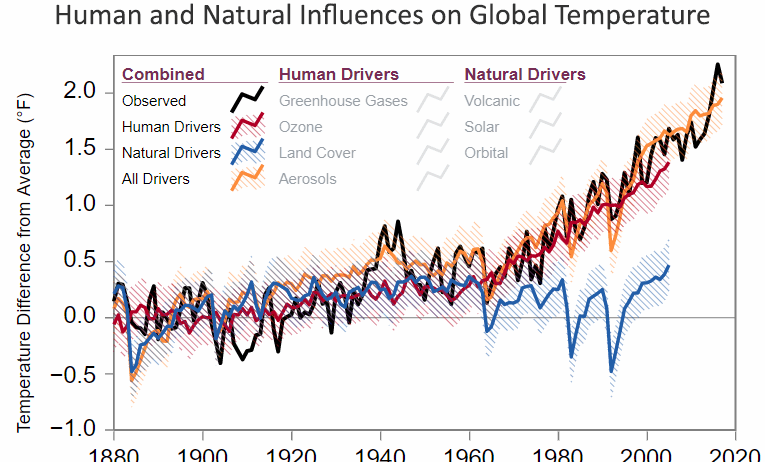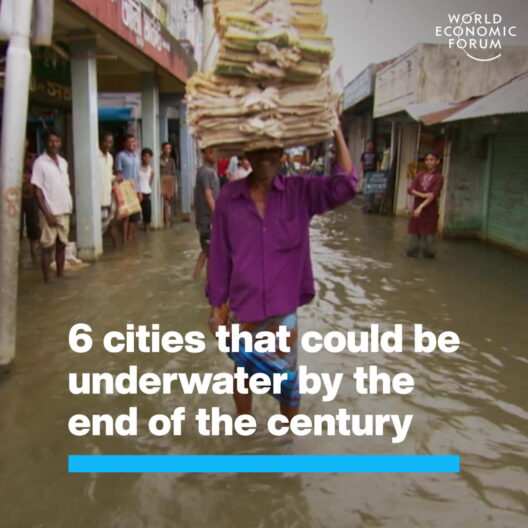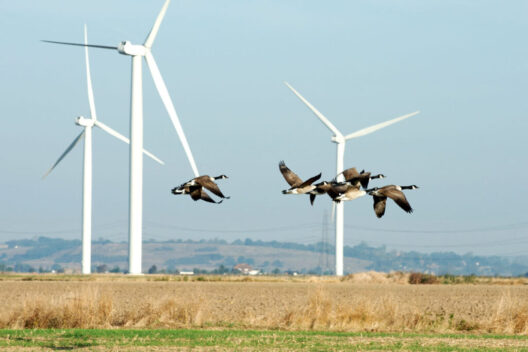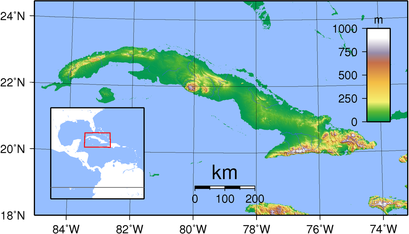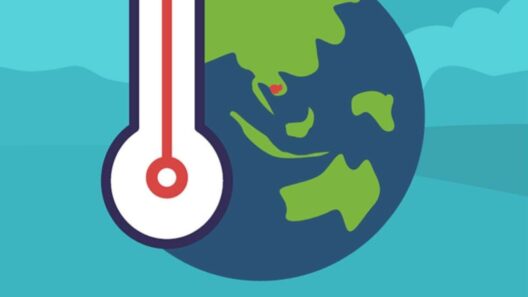Climate change is one of the most pressing issues of our time, but have you ever stopped to wonder what is really driving this phenomenon? What are the main culprits behind the shifting weather patterns, rising sea levels, and increasingly extreme weather events? Identifying these drivers is essential for understanding our current predicament and for galvanizing collective action. Here, we will delve into the core factors contributing to climate change, focusing on human activity, natural processes, and the multifaceted interactions between them.
Before diving into the specifics, consider this playful question: What if Earth had a say in its own climate? Would it plead for less pollution and more green initiatives? Perhaps the planet is silently challenging us, asking for creativity and cooperation in mitigating its warming fate.
The following paragraphs explore the main culprits of climate change, unpacking the complexity of their interactions and their impact on the environment.
Human Activities: The Dominant Force
Among the myriad factors contributing to climate change, human activities are the most significant. The industrial revolution marked a turning point in human history—an era characterized by the rampant burning of fossil fuels such as coal, oil, and natural gas. Within this historical context, one can witness the exponential rise in greenhouse gas emissions.
Greenhouse Gases: The Silent Blanket
The primary greenhouse gases—carbon dioxide (CO2), methane (CH4), and nitrous oxide (N2O)—trap heat within the Earth’s atmosphere, much like a blanket. Carbon dioxide arises chiefly from burning fossil fuels for energy and transportation, while methane is emitted during the production and transport of coal, oil, and natural gas. Additionally, agriculture contributes significantly to methane and nitrous oxide emissions, often overlooked in discussions about climate change chemistry.
Land Use: The Unseen Impact
Beyond fossil fuels, land-use changes also play a pivotal role. Deforestation, driven by agricultural expansion, logging, and urban sprawl, results in the loss of trees that naturally sequester carbon dioxide. When forests are cleared, the stored carbon is released back into the atmosphere, exacerbating the greenhouse effect. Urbanization further complicates this scenario, as cities grow and impervious surfaces increase, reducing the land’s capacity to absorb water and thus affecting local climates.
Transportation: A Fuel-Efficient Dilemma
Transportation is another arena where human activities significantly contribute to climate change. From personal vehicles to international shipping, the reliance on fossil fuels has rendered the transport sector one of the largest sources of greenhouse gas emissions. Imagine what would happen if everyone opted for public transportation, biking, or walking instead of relying solely on cars. While this ideal remains a distant dream for many, innovative solutions such as electric vehicles and improved public transit systems are gradually emerging.
Natural Processes: Nature’s Role
While human influences are paramount, it is essential to recognize that natural processes also play a role in climate dynamics. For example, volcanic eruptions can emit substantial quantities of CO2, leading to temporary spikes in global temperatures. Similarly, solar variability — fluctuations in the Sun’s energy output — can alter climate patterns. However, these natural processes operate on much longer timescales and lack the immediacy of anthropogenic impacts.
Feedback Loops: The Compounding Effect
Feedback loops complicate the climate narrative. For instance, as global temperatures rise, polar ice caps melt, decreasing the Earth’s albedo—the reflectivity of its surface. This phenomenon results in more solar energy being absorbed, consequently accelerating global warming. Similarly, thawing permafrost releases additional greenhouse gases, creating a self-reinforcing cycle that is difficult to break. One has to wonder: How do we break this cycle, and what strategies could we deploy to disrupt these feedback mechanisms?
Globalization: Spreading the Impact
Globalization has contributed not only to economic interdependencies but also to a higher carbon footprint. The global supply chain often exploits lower-production cost countries, resulting in increased transportation emissions. The challenge here is the delicate balance between benefiting from global trade and minimizing its environmental fallout. How can we innovate in a way that promotes sustainability while allowing globalization to thrive?
Solutions on the Horizon: A Call to Action
Recognizing the main culprits fueling climate change is just the starting point. The key question now is: what can we do about it? Solutions range from personal lifestyle changes to large-scale policy initiatives aimed at reducing emissions. Promoting renewable energy sources, enhancing energy efficiency, and increasing reforestation efforts are essential steps toward a sustainable future.
Collaboration is crucial. Governments, businesses, and individuals must come together to enact policies that protect the environment. Whether by adhering to stricter emissions regulations or investing in cleaner technologies, collective efforts could lead to meaningful progress. Educating communities about the impacts of climate change also plays a critical role in mobilizing grassroots activism.
In conclusion, understanding the multifaceted causes of climate change is paramount to addressing this global crisis. The daunting challenge lies not only in acknowledging these culprits but also in forging innovative, collaborative pathways toward sustainability. What future do we envision for our planet, and how can we rally together to make that vision a reality? Our actions today will dictate the narrative of tomorrow; thus, let the conversation begin.


